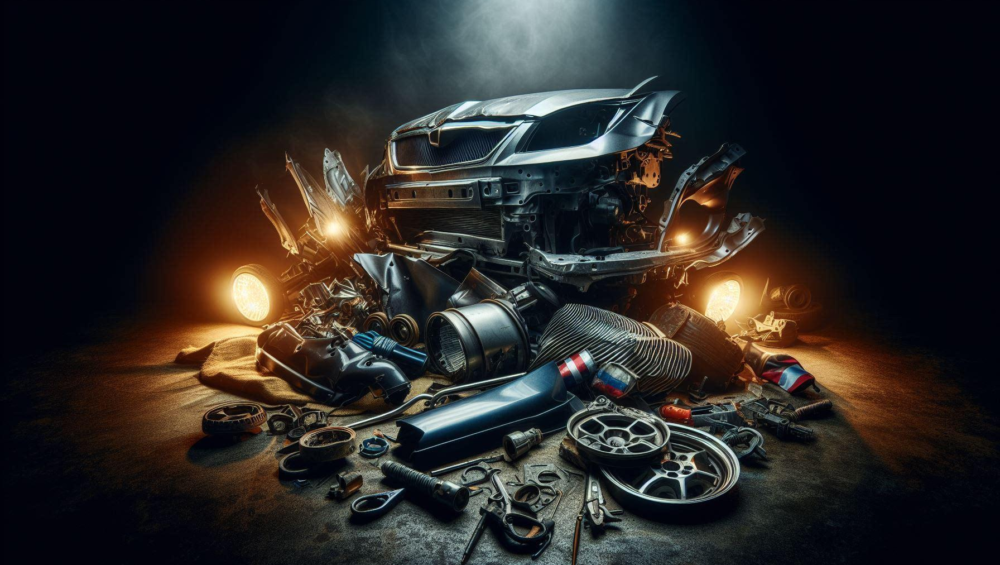When it comes to repairing your vehicle after a collision, one crucial decision you’ll face is whether to choose genuine OEM parts or opt for aftermarket alternatives. Each option has its pros and cons, and understanding these differences can significantly impact your vehicle’s performance, safety, and longevity.
1. OEM Parts: The Gold Standard
What Are OEM Parts?
- OEM parts are manufactured by the original vehicle manufacturer (such as Ford, Toyota, or Honda).
- These parts maintain the original performance specifications of the vehicle, promising peak performance and longer durability.
Advantages of OEM Parts:
- Precision Fit: OEM parts are tailored specifically for your vehicle. Each component is manufactured to exacting standards, ensuring a perfect fit.
- Assured Quality: OEM parts undergo rigorous quality checks, using grade-A materials and state-of-the-art technology.
- Warranty Coverage: Manufacturers stand behind genuine OEM parts with comprehensive warranties, covering defects due to materials or factory workmanship.
Why Choose OEM?
- Ill-fitting parts can lead to drops in output power, overheating, higher emissions, and excessive oil consumption.
- OEM parts minimize wear and tear, ensuring your engine’s health and proper function.
2. Aftermarket Parts: Cost Savings with Trade-Offs
What Are Aftermarket Parts?
- Aftermarket parts are manufactured by third-party companies to fit specific vehicle models.
- They provide a less expensive alternative to OEM parts.
Advantages of Aftermarket Parts:
- Cost Savings: Up-front savings can be attractive.
- Customization Options: Some aftermarket parts alter appearance or sound in ways that OEM parts won’t.
Considerations:
- Quality Varies: While some aftermarket parts improve performance, others may compromise quality.
- Installation Risks: Lower-quality components can lead to expensive repairs and downtime.
- Limited Warranty: Warranty coverage varies among manufacturers, and some may not offer any warranty at all.
Making an Informed Choice
Evaluate your priorities:
- If longevity, reliability, and performance are paramount, OEM parts are the way to go.
- If cost savings and customization matter more, explore aftermarket options.
Remember, your choice impacts not only your wallet but also yo




